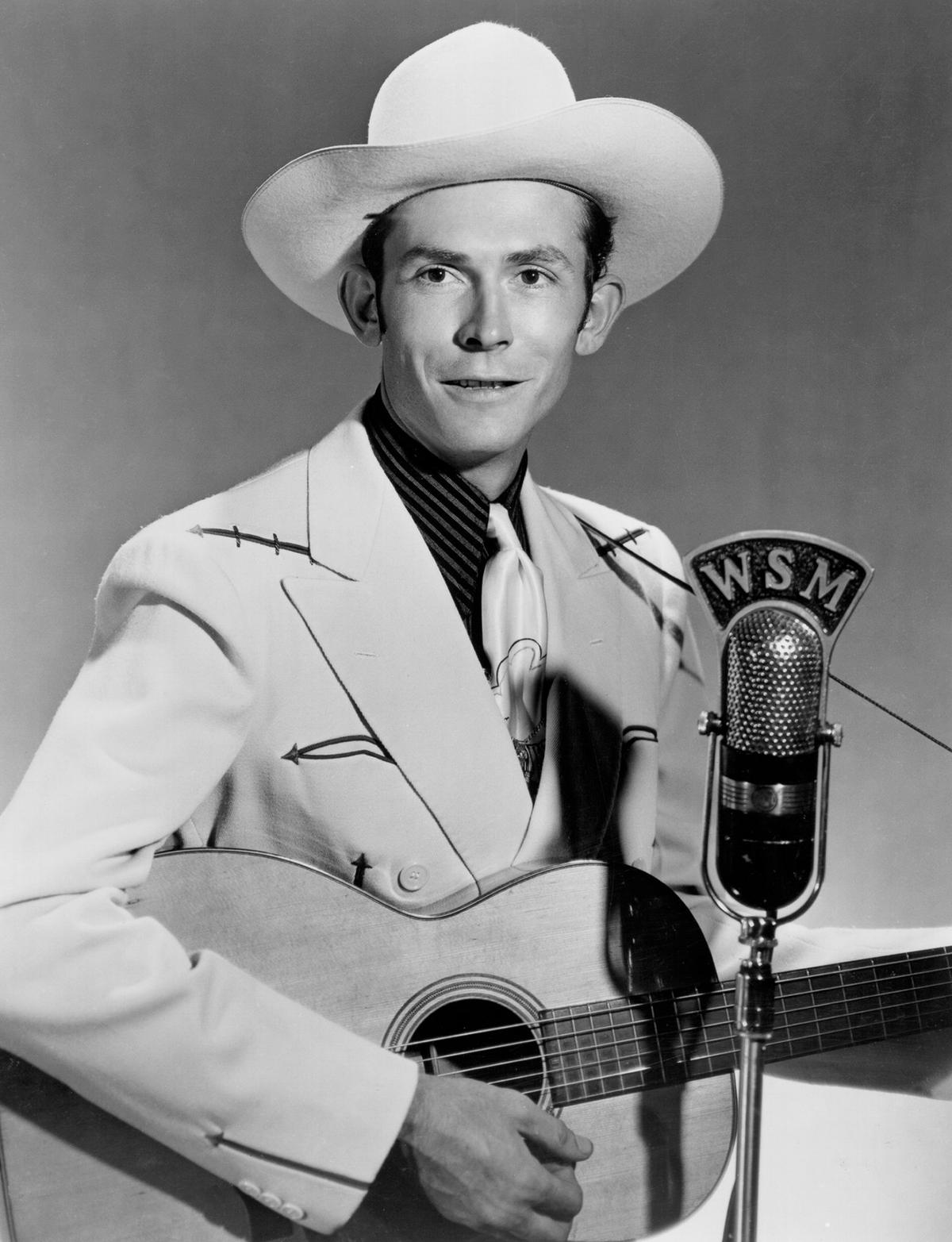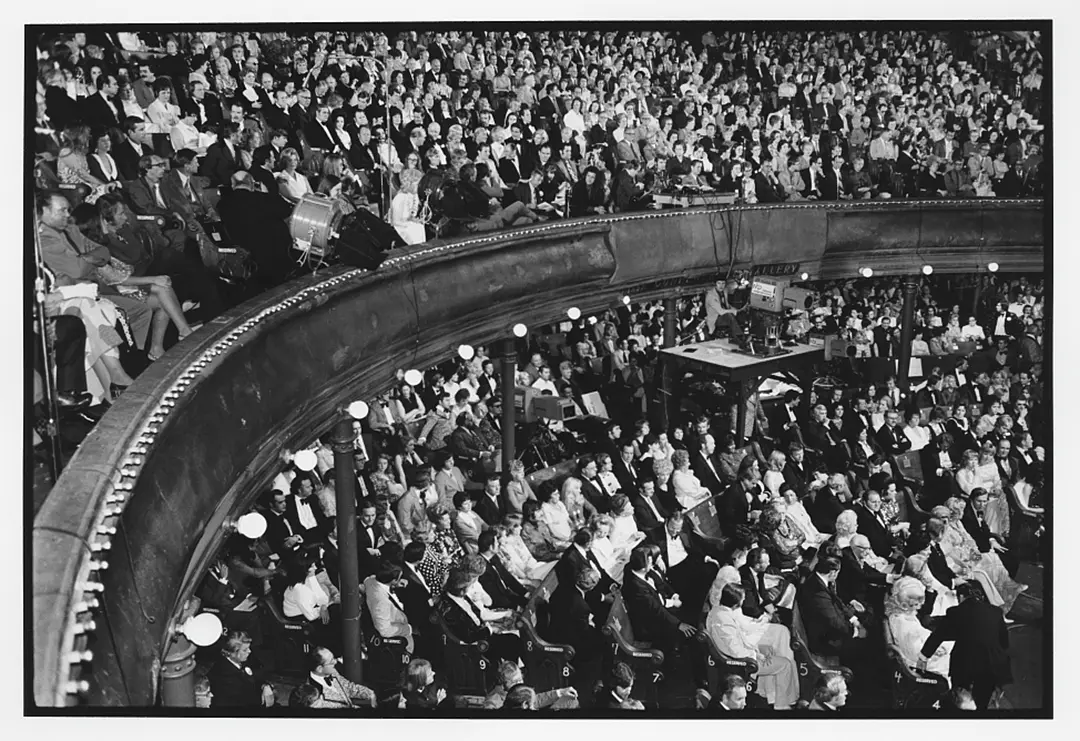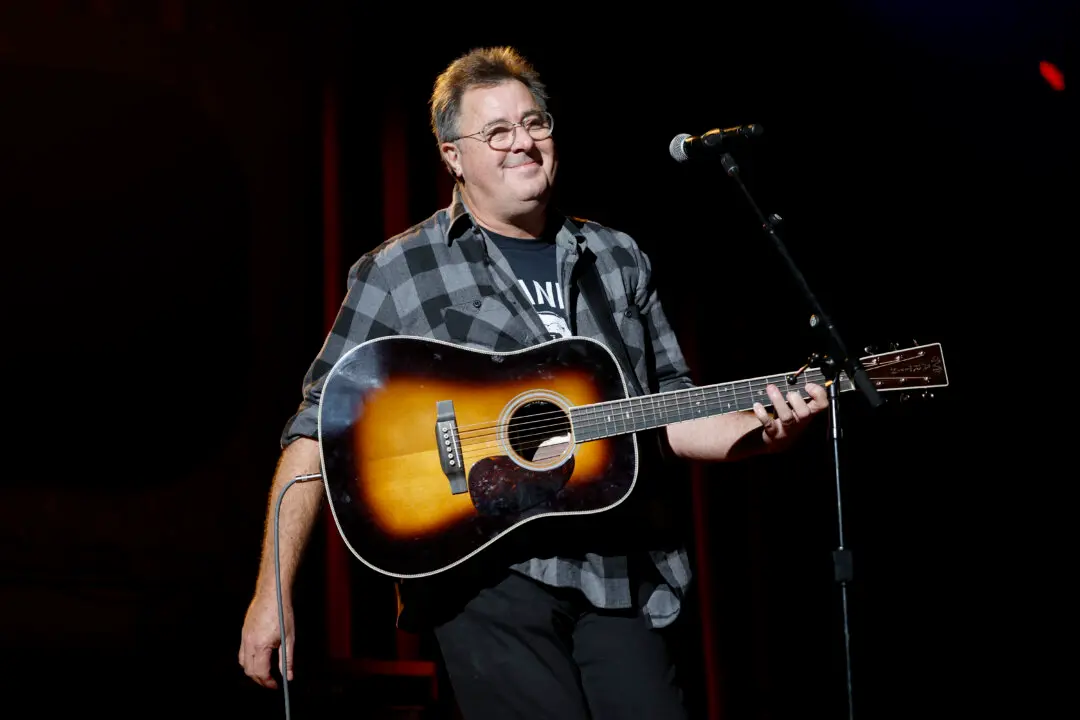The Honky-Tonk Craze

Throughout the 1940s, country music publishers released one barroom number after the next. Fans of the genre loved danceable hits like Bob Wills’ springy “San Antonio Rose” and Hank Williams’s late-1940s top-20 hit, “Honky Tonkin.” But country music was still considered to be a niche genre without much crossover appeal. There was a lot of promise in the instrumentation, with soaring fiddle and thumping bass, but the lack of depth with the compositions’ subject matter kept the genre’s popularity location-based, with hubs residing in Southern states like Tennessee and central states like Texas.
In the 1950s, that all changed.
The ‘Story Songs’

This transformation began with the early 1950s’ releases of “story songs,” narrative pieces that told tales featuring everything from cowboy adventures and beautiful love stories to full moon confessionals like Patsy Cline’s moving hit “Walkin’ After Midnight.” This eloquent, pensive ballad begins with a moonlit search for love, but ends with the songstress embarking on a journey to find herself.
Her poetic turning of events in the song’s story arch would go on to become a staple songwriting technique in country music and its many subgenres.
Rhythms varied as well, from Lefty Frizzell’s languid, swinging “Mom and Dad’s Waltz” to rising star Johnny Cash’s upbeat chart-topper “I Walk the Line.” These newly explored cadences were well-received, with audiences tuning in to radio shows like never before to catch a quick performance of one of their favorite artists, like the legendary Hank Williams or beloved singing cowboy Gene Autry.
‘The Nashville Sound’

With the ‘50s came sleeker sound production as well. A more polished approach was taken with recordings thanks to the burgeoning world of audio equipment. These smoother, warmer-sounding recordings further helped the country music genre garner national attention.
With a healthy dose of competition from rock ’n’ roll music like that of Elvis Presley, producer-musicians like Chet Atkins got creative and traded in the more rough-and-tumble, grainy sounds of honky-tonk recordings and replaced them with silky, pop-inspired elements like background harmonies and strings sections.
Listeners everywhere eagerly embraced the changes.
The evolving sounds of country music were front and center at The Grand Ole Opry in Nashville. Hosted at the famous Ryman Auditorium, these showcase performances gave the genre a home base, and an in-demand destination for fans everywhere to visit and immerse themselves in a night of country music’s finest.

By the mid-’50s, the modernized music experiment of “The Nashville Sound” had so much success that it became an officially recognized subgenre of country music, one credited with making innovation a key part of the genre as a whole.
The Evergreen Legacy

Singer-songwriters of this powerhouse decade are still celebrated today and their original works are some of the most widely covered songs in the business. The legacies of the era’s performers, from Johnny Cash and Patsy Cline to Marty Robbins and even eclectic artists like Tennessee Ernie Ford, are all woven into the fabric of the contemporary country music landscape.
In a society that can listen to more kinds of music than ever before, country music of the ‘50s proves to be timeless. From 2022 to 2023, Johnny Cash ranked as the genre’s “fourth most-listened-to artist” on YouTube.





